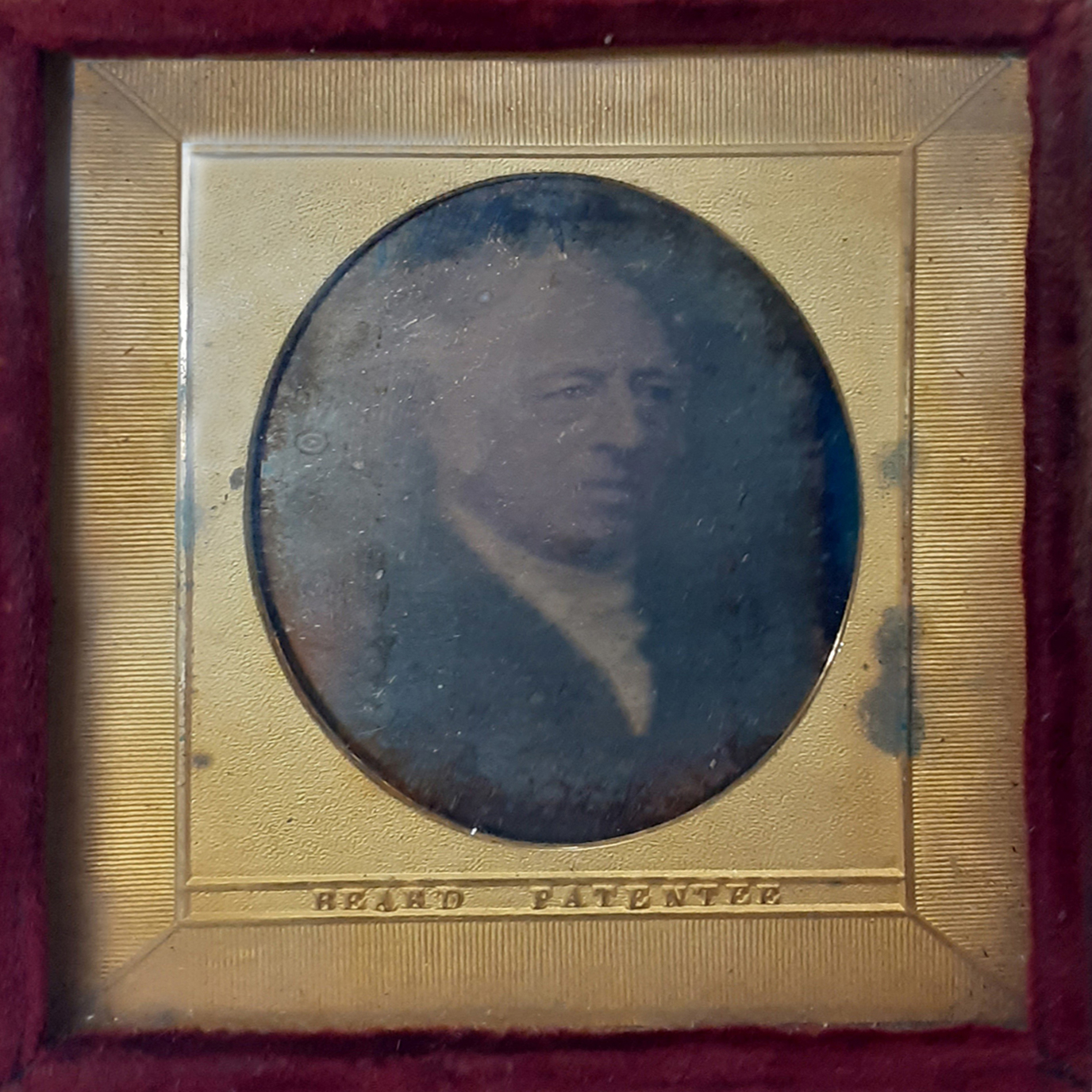Discovering gems in the collections
19 January 2021
After spending years transferring our film and photographic collections to The Box, we always knew there’d be some hidden gems waiting to be discovered! We recently discovered of a set of original glass plates showing Argyle legend Jack Leslie playing football in the 1920s – and now we’ve uncovered another photographic gem.
Until now, our earliest photographic collection was assumed to be nine original wax paper calotype negatives from the hand of Devonport-born Linnaeus Tripe. They date from around 1853 and impressions of three of these wonderful images are displayed in our ‘Media Lab’ gallery.
There was, however, an even earlier local photographer who practiced from the 1830s to the 1860s – East Stonehouse-born Richard Beard (1801-1885), an English entrepreneur and photographer who helped establish professional photography in the UK.
In 1839, Beard took an interest in the frenzy of public excitement over the first announcements of practical photographic processes by Louis Daguerre and William Fox Talbot, and opened England's first professional photography studio in London.
He then went on to purchase a monopoly on the patent of the Daguerreotype process in England and Wales, establishing a chain of photographic studios in the capital and selling licenses for studios elsewhere. The first of these outside of London was in none other than Plymouth – to a Mr William Bishop who had a studio at 44 Union Street from March 1841. We knew Beard's name and reputation, but we’d never had physical evidence of his practice… until now!
As we were sorting through the last of our photographic media collections to be stored for safekeeping at The Box, we discovered a beautifully presented original daguerreotype. It was inscribed with the words ‘Beard Patentee’ and held within a box of impeccably packaged but un-accessioned photographic materials. Further research indicates there’s only one other known example of a 'patented' oval lined double-hooked daguerreotype, and that it’s likely to date from 1841-1845.

There are a number of reasons why this is an important find. It represents an earlier photographic process than the one we assumed we had, and provides firm evidence (finally) of another home-grown photographic pioneer. It’s also a reminder of how lucky and privileged those of us at The Box are to be working within a service that affords such joyful first-hand discoveries. We're sure it won't be our last!
Stacey Anderson, Media Archivist and Nicki Thomas, Registrar